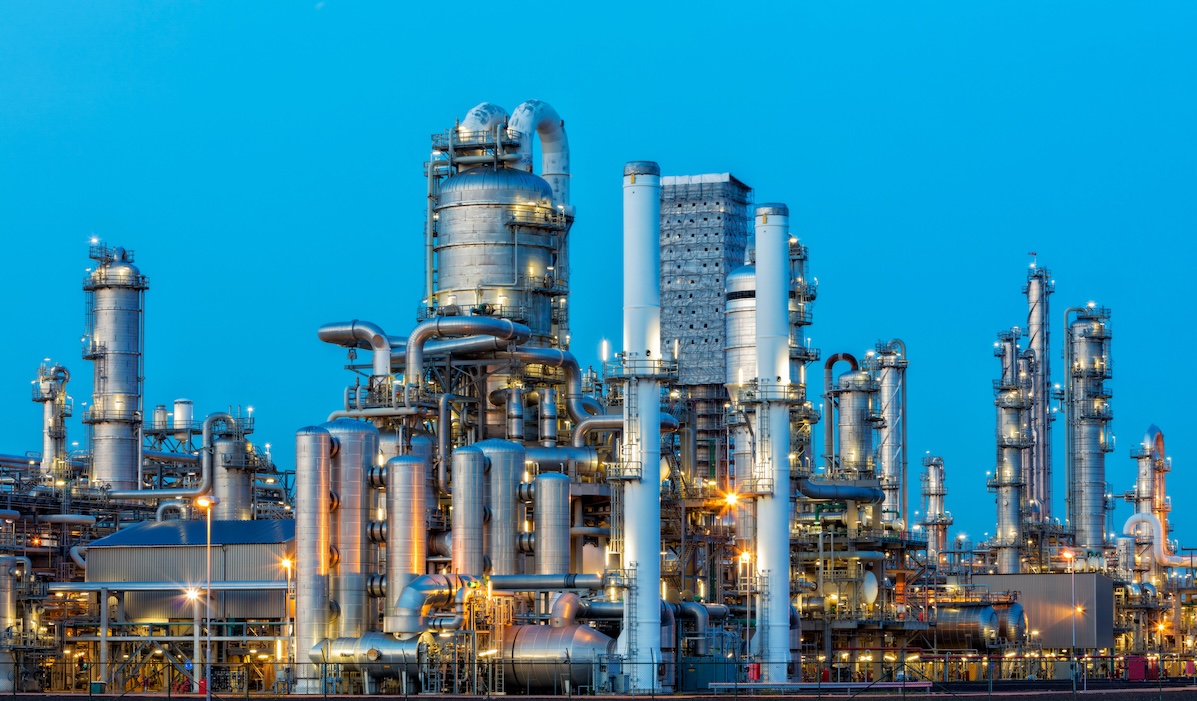Transitioning to Zero-Emissions Transport: The Challenge of Repurposing Infrastructure
The global shift towards zero-emissions transport is a monumental challenge that mirrors the complexities of the petroleum industry itself. Households, much like oil and gas companies, are heavily invested in existing transport technologies, making the transition to cleaner alternatives a daunting task. This article delves into the intricacies of this transition, exploring the hurdles, potential solutions, and the role of infrastructure in facilitating a cleaner future.
The Current Landscape of Transport Technologies
As we stand on the brink of a transportation revolution, it is essential to recognize that battery electric vehicles (EVs) are not a panacea for our fossil fuel dependency. While they are gaining traction, EVs remain inaccessible to many households and do not offer significantly improved transport services compared to traditional vehicles. They still navigate the same congested roads and adhere to the same speed limits, limiting their appeal as a revolutionary alternative.
On the supply side, the electrification of entire transport fleets necessitates extensive infrastructure expansions. Even with a growing demand for EVs, the existing infrastructure struggles to compete with the affordability and convenience of fossil fuels. This creates a classic chicken-and-egg dilemma: consumers and manufacturers are hesitant to switch to cleaner technologies without the assurance of adequate refueling infrastructure, while such infrastructure will not materialize without sufficient demand.
Clean Fuel Alternatives: A Viable Path Forward
To break this cycle, repurposing existing infrastructure to supply clean fuels could provide a compelling solution. Major economies, including the United States, European Union, and Japan, are actively promoting hydrogen-based technologies, such as hydrogen fuel cell vehicles. Companies like Toyota and BMW are investing in vehicles that can utilize clean hydrogen, while heavy vehicle manufacturers are exploring the combustion of clean hydrogen.
The viability of "green hydrogen" for mass transport remains a topic of debate, but it is not the only option. Biofuels derived from renewable feedstocks and "drop-in fuels," or e-fuels, synthesized from hydrogen and carbon dioxide, present alternative pathways for decarbonizing transport. These e-fuels can be used in existing vehicles and supplied through current infrastructures, potentially accelerating the transition away from fossil fuels.
Infrastructure: The Key to Mass Electrification
The transition to zero-emissions transport hinges on the development of robust infrastructure. Repurposing existing fossil fuel infrastructures to supply clean fuels could be a faster and more cost-effective solution than building entirely new systems for mass EV adoption. For instance, hydrogen can be produced from natural gas, albeit with associated greenhouse gas emissions. Carbon capture and storage (CCS) technologies could mitigate these emissions, allowing oil companies to adapt to producing zero-emissions hydrogen while renewable hydrogen and e-fuel production ramps up.
The geological structures required for CCS are often located near existing oil and gas infrastructures, which could be converted to transport clean fuels. While these technologies may not yet be economically viable, history shows that with concerted investment and production at scale, the economics of clean fuels could improve significantly, much like the trajectory of EVs over the past two decades.
The Economic Argument for Repurposing
Repurposing fossil fuel infrastructures not only opens the door to converting existing vehicles to run on clean fuels but also presents a more affordable option for vehicle owners compared to purchasing new vehicles. Drop-in fuels can be used with little to no modification, while existing vehicles can be converted to utilize clean hydrogen or dual fuel mixtures.
This approach allows Big Oil to avoid the risk of its assets becoming obsolete while simultaneously profiting from the transition to cleaner energy. Hydrogen, for example, could serve as a more credible substitute for electrification in industries heavily reliant on coal, such as steelmaking.
The Need for Industry-Wide Coordination
Despite the potential benefits of repurposing infrastructures, it is unlikely that individual oil and gas companies could profitably navigate this transition alone. Industry-wide coordination and agreement on producing specific clean energy solutions could significantly reduce investment risks. However, legal frameworks against collusion would necessitate targeted exemptions and regulatory oversight.
One potential model for this coordination could involve regulated rates of return for firms committed to accelerating the green transition. This approach has historical precedent in the way competing electricity utilities became regulated monopolies in the United States. Alternatively, franchise bidding could create a competitive environment for firms to secure time-limited monopolies, incentivizing them to invest in clean energy solutions.
Lessons from History: A Path to a Sustainable Future
History offers valuable lessons for the current transition. Electric vehicles were once the dominant automobile technology over a century ago but were quickly overshadowed by the rise of affordable fossil fuel vehicles. Emerging clean fuels, however, have the potential to offer fast refueling and long ranges with zero emissions, suggesting that the days of EVs could again be challenged.
Investors in the 19th century accelerated the transition to rail by acquiring competing canals, repurposing them for rail routes. Had they anticipated the rise of motorized vehicles, they might have invested differently. Today, the fossil fuel industry stands at a similar crossroads, where past investments in polluting infrastructures could be leveraged to benefit future generations through a faster transition to clean energy.
Conclusion: Embracing the Green Transition
The transition to zero-emissions transport is fraught with challenges, but it also presents an opportunity for innovation and collaboration. By repurposing existing infrastructures and embracing clean fuel alternatives, we can pave the way for a sustainable future. The road ahead may be complex, but with concerted effort and strategic investment, it is possible to create a transportation system that is not only cleaner but also more resilient and equitable for all.

